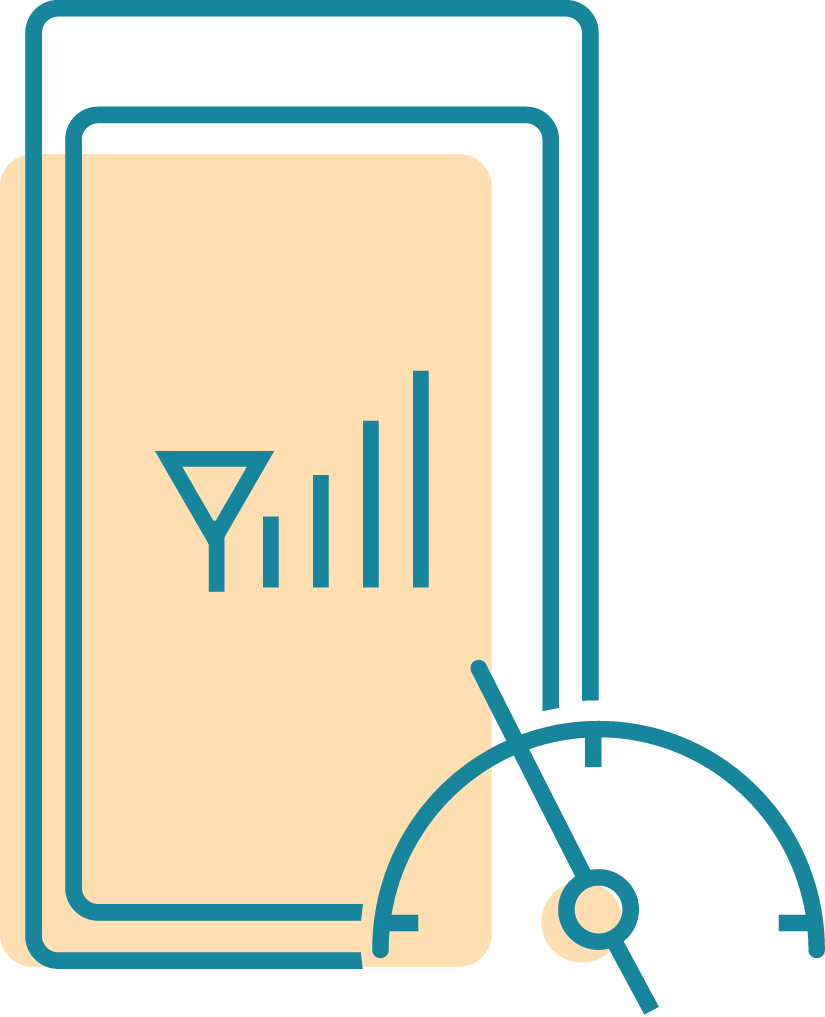
This is a continuing series on using keycode systems to deliver Pay-As-You-Go (PAYG) solar in off-grid energy markets.
- Why Distributors Use Pay-As-You-Go << You’re here
- How Mobile Network Operators Utilize Prepaid Scratch Cards
- How Secure Pay-As-You-Go Keycode Systems Operate
- How Pay-As-You-Go Product Activation Works
- The Design Approach for Developing Keycode Systems
(Imagine you want to start your own solar distribution business, and your plan involves collecting small amounts of money from people every week. This might seem reasonable until you realize how geographically dispersed your customers often are. And even if you solve the money collection problem, you still need to figure out how to apply the payment data to the entire fleet of metered solar devices (because they’ll refuse to turn on otherwise¹).
Keep in mind that while some of these devices are small and portable and could presumably be carried to a point of sale for some sort of activation, others, like solar water pumps meant for agricultural irrigation, are heavy and bulky and not easily moved.
One way to solve this problem is with people power: build a large agent network, send them out into your geographic region, and ask them to collect money and activate the solar devices. There are certain advantages to this high-touch approach. Your repayment rates will probably be pretty good because your agents will get to know their clients fairly well and the social pressure of paying someone standing right there is more difficult to ignore compared to, say, a phone call asking for money.
On the other hand, there are also a number of drawbacks to this approach. Training costs for agents can be high, and managing employee turnover can be challenging. Sparse populations require more time and energy spent on travel, increasing the cost of collections. If your agents are collecting cash payments, you need to figure out how to get the money to physically flow safely to your offices.
The good news is that, in many emerging markets, mobile network operators (MNOs) have deployed quite a bit of infrastructure in terms of both technological and human capacity. Their large human-powered operations were created because most of their customers tend to prepay for cellular connectivity in small, affordable amounts.
Sounds familiar, right?
—
¹ “Not turning on unless payment data is pushed onto the device” is the key idea behind technically enforced pay-as-you-go solar devices and Angaza’s specialty. The specifics of how this works is out of scope for our keycode blog series, but for an overview, please do check us out.



